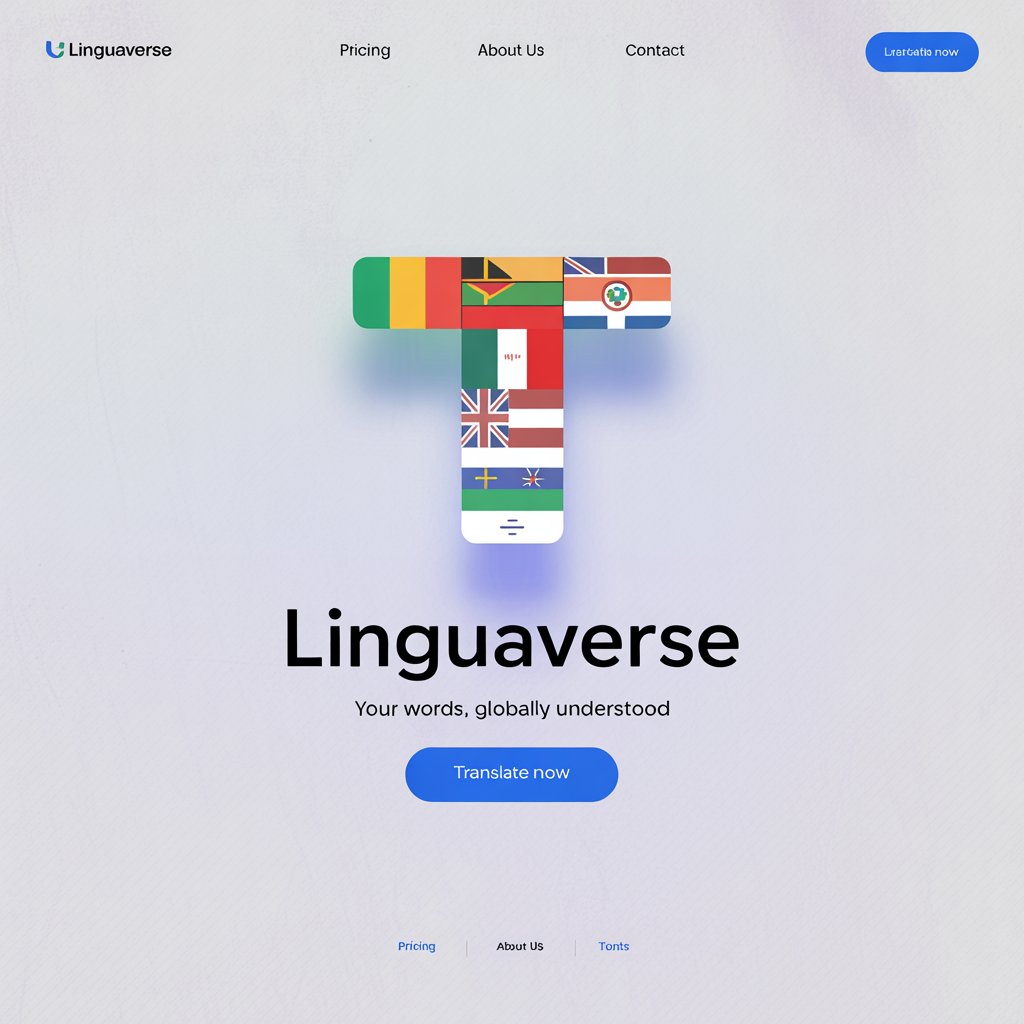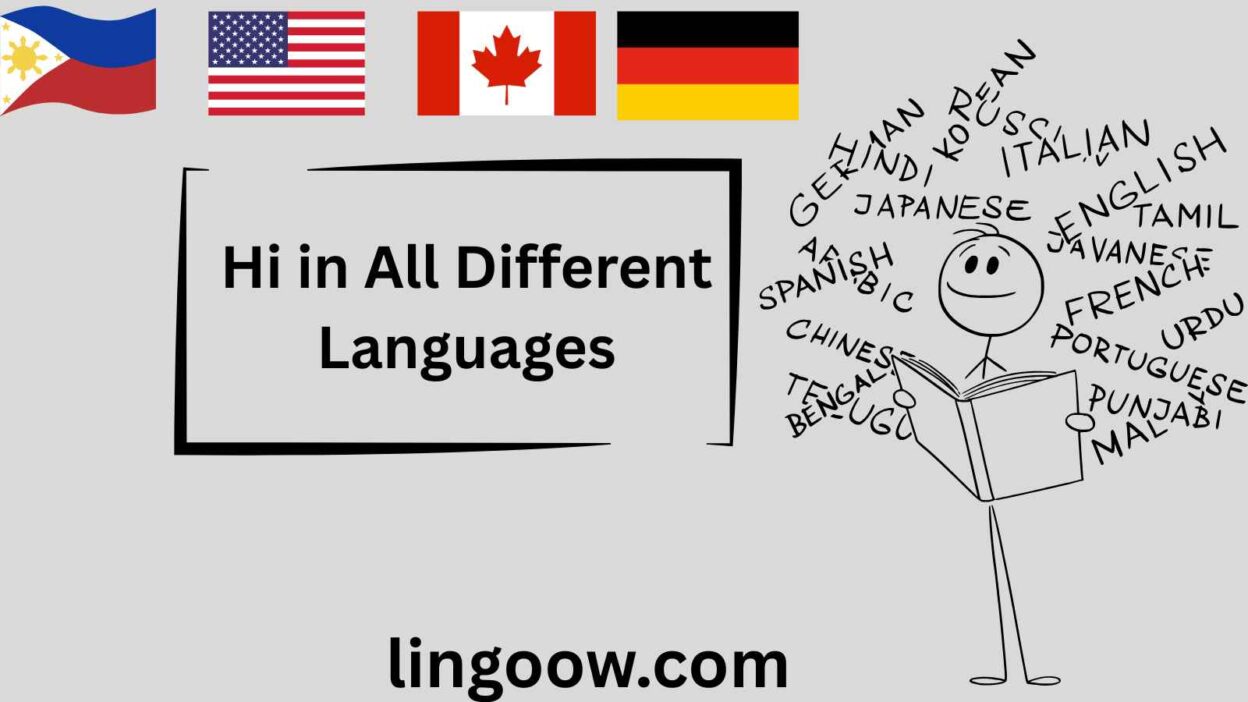It was a chilly morning in a bustling Tokyo train station when I first realized the magic of a single word: “hi.” Lost in a sea of hurried commuters, I caught the eye of a stranger who offered a shy smile and a soft “konnichiwa.” That simple greeting, though in a language foreign to me, felt like a warm embrace. It bridged the gap between two strangers in an instant. Across the globe, from crowded city streets to quiet mountain villages, the act of saying “hi” transcends borders, cultures, and histories. It’s a universal invitation to connect, a spark of human kindness that unites us all. In this blog post, we’ll embark on a journey to explore how this small but mighty word is expressed in different languages and cultures, uncovering the beauty of its diversity and the shared humanity it represents.
Reference Table: How to Say “Hi” in 15 Languages
| Language | Word/Phrase | Cultural/Linguistic Insight |
|---|---|---|
| Spanish | Hola | Used widely in Spain and Latin America, it’s a warm, open greeting for any time of day. |
| French | Bonjour | Literally “good day,” it’s formal yet friendly, reflecting French etiquette. |
| Mandarin | Nǐ hǎo | Means “you good,” used formally; casual greetings vary by region in China. |
| Hindi | Namaste | A respectful greeting with spiritual roots, often accompanied by a slight bow. |
| Arabic | Marhaba | A warm “hello” used across the Arab world, symbolizing hospitality. |
| Swahili | Jambo | A cheerful greeting in East Africa, often used with travelers and friends alike. |
| Japanese | Konnichiwa | Means “good afternoon,” used from late morning to evening; reflects time-based politeness. |
| German | Hallo | A straightforward, versatile greeting used in both formal and informal settings. |
| Italian | Ciao | A casual “hi” or “bye,” embodying Italy’s laid-back charm; used among friends. |
| Korean | Annyeonghaseyo | A polite greeting meaning “are you at peace?”; shows respect in Korean culture. |
| Zulu | Sawubona | Literally “I see you,” it’s a deeply personal greeting in South African Zulu culture. |
| Maori | Kia ora | A versatile greeting in New Zealand, meaning “be healthy” or “live well.” |
| Hawaiian | Aloha | A multifaceted word meaning love, peace, and hello; central to Hawaiian culture. |
| Cherokee | Osiyo | A warm greeting reflecting the Cherokee value of community and connection. |
| Samoan | Talofa | A friendly “hello” in Samoa, often paired with a smile, embodying Pacific hospitality. |
European Languages: Greetings with Charm and Tradition
In Europe, the word for “hi” carries the weight of history and cultural nuance. In French, bonjour is more than a greeting—it’s a nod to etiquette, often paired with a firm handshake or a kiss on both cheeks in social settings. The French take their greetings seriously, and saying bonjour in a shop or café is a sign of respect. In Spanish, hola rolls off the tongue with warmth, used from Madrid to Mexico City. Its simplicity reflects the open, communal spirit of Spanish-speaking cultures, where strangers are often greeted like friends.
Italian ciao is the epitome of effortless charm. Used both to say “hi” and “bye,” it’s a word that feels like a hug, common among friends but less formal in professional settings. In German, hallo is direct and versatile, mirroring the culture’s value of clarity and efficiency. Meanwhile, in Portuguese, olá carries a melodic tone, often accompanied by animated gestures in Brazil or a reserved smile in Portugal. Across Europe, these greetings reflect a shared value: the importance of acknowledging another’s presence, whether through formality or familiarity.
Asian Languages: A Tapestry of Respect and Diversity
Asia’s linguistic diversity shines through in its greetings, each carrying deep cultural significance. In Mandarin, nǐ hǎo (you good) is the standard polite greeting, but in casual settings, friends might simply say hēi or hāi, mimicking English “hi.” In Hindi, namaste is a spiritual greeting, often paired with pressed palms and a slight bow, symbolizing respect for the divine in others. It’s used in India and across the 20+ countries with significant Indian diaspora, from Fiji to South Africa.
Japanese konnichiwa reflects the culture’s emphasis on time and context, used specifically in the afternoon. Morning greetings shift to ohayō, while evenings call for konbanwa. In Korean, annyeonghaseyo (are you at peace?) is a formal greeting, while annyeong is its casual counterpart, popular among Korea’s youth. Arabic marhaba, used in over 20 countries from Morocco to Iraq, embodies the region’s famed hospitality, often followed by inquiries about one’s well-being. These greetings, from the bustling streets of Delhi to the serene temples of Kyoto, highlight Asia’s blend of tradition, respect, and warmth.
African Languages: Greetings as a Celebration of Community
In Africa, saying “hi” is often an act of connection, rooted in community and mutual recognition. In Swahili, jambo is a cheerful greeting used across East Africa, from Kenya to Tanzania, often sparking a longer exchange about family or health. Zulu sawubona (I see you) is profoundly personal, acknowledging another’s existence in a way that fosters unity, used in South Africa and beyond. In Yoruba, spoken in Nigeria and Benin, bawo ni (how are you?) serves as a greeting, reflecting the culture’s emphasis on well-being.
Across the 20+ African countries where these languages are spoken, greetings are rarely rushed. In Amharic (Ethiopia), selam is a peaceful hello, often paired with a handshake and a smile. In Hausa, spoken in northern Nigeria and Niger, sannu is a versatile greeting, used day or night. These words carry the spirit of ubuntu—the belief that “I am because we are”—making every “hi” a celebration of shared humanity.
Indigenous & Island Languages: Sacred Words of Connection
Indigenous and island languages offer unique perspectives on greetings, often tied to land, spirit, and community. In Maori, kia ora (be healthy) is a versatile greeting in New Zealand, used in formal speeches and casual chats alike, reflecting a holistic view of well-being. Hawaiian aloha is a word of profound depth, meaning hello, goodbye, and love, embodying the spirit of the islands’ culture across Hawaii and its diaspora.
In Cherokee, osiyo is a warm greeting used by the Cherokee Nation in the U.S., symbolizing unity and respect. Samoan talofa, spoken in Samoa and American Samoa, is a bright, welcoming hello, often paired with a wide smile. These greetings, used in over 20 indigenous and island communities from Australia’s Aboriginal languages to the Inuit of Canada, are sacred acts of connection, tying people to their ancestors and the land.
Cultural Insights: The Evolution of “Hi”
The word “hi” and its equivalents have evolved over centuries, shaped by trade, migration, and cultural exchange. In English, “hi” is a shortened form of “hallo,” which traces back to Old High German halôn (to call out). Similarly, Arabic marhaba shares roots with ancient Semitic words for welcome, reflecting the region’s historic role as a crossroads of trade. In Hindi, namaste draws from Sanskrit, tying it to ancient Vedic traditions of reverence.
In many cultures, greetings are tied to religious or spiritual contexts. The Islamic as-salamu alaikum (peace be upon you) is used across 20+ countries, emphasizing peace as a divine blessing. In Buddhist-majority regions like Thailand, sawasdee (derived from Sanskrit) reflects wishes for prosperity. Historically, greetings have also served practical purposes, like signaling safety or alliance in ancient tribal societies. Today, they remain a bridge between past and present, carrying the weight of tradition into modern interactions.
Proverbs and Sayings: Wisdom in Greetings
Greetings often inspire proverbs and sayings that reflect cultural values:
- Swahili (East Africa): “Hujambo, hujambo, ni jambo la furaha.” (Hello, hello, it’s a matter of joy.) — Emphasizes the happiness of connection.
- Hindi (India): “Namaste karo, dil jeeto.” (Greet with namaste, win hearts.) — Highlights the power of respectful greetings.
- Maori (New Zealand): “Kia ora te tangata, kia ora te whenua.” (Healthy people, healthy land.) — Ties personal greetings to communal well-being.
- Arabic (Middle East): “Al-salam yajma‘ al-qulub.” (Peace gathers hearts.) — Reflects the unifying power of peaceful greetings.
- Zulu (South Africa): “Sawubona, ngiyakubona.” (I see you, and you see me.) — Stresses mutual recognition and respect.
These sayings remind us that a simple “hi” can carry profound wisdom, fostering connection and understanding across cultures.
FAQs: Common Questions About “Hi”
Why do some greetings sound similar across languages?
Many languages share historical roots, like Indo-European languages (e.g., hola in Spanish and hallo in German) or Semitic languages (e.g., marhaba in Arabic and shalom in Hebrew). Trade and migration also spread similar sounds.
What’s the oldest known greeting?
Ancient Sumerian texts (circa 3000 BCE) use silim (health/peace), one of the earliest recorded greetings, similar to modern salam or shalom.
How do cultural differences shape greetings?
In high-context cultures like Japan, greetings vary by time and status, reflecting hierarchy. In low-context cultures like the U.S., hi is casual and universal, prioritizing equality.
Conclusion: The Heartbeat of Humanity
From the soulful sawubona of Zulu to the vibrant aloha of Hawaiian, the word for “hi” is a global heartbeat, pulsing with the rhythm of human connection. It’s a reminder that, despite our differences, we all share a desire to be seen, heard, and welcomed. Each greeting carries a story—of tradition, resilience, and hope. So, the next time you say “hi,” pause and think of the millions around the world saying it in their own way, weaving a tapestry of unity. How do you say “hi” in your language? Share your story in the comments—I’d love to hear it!




